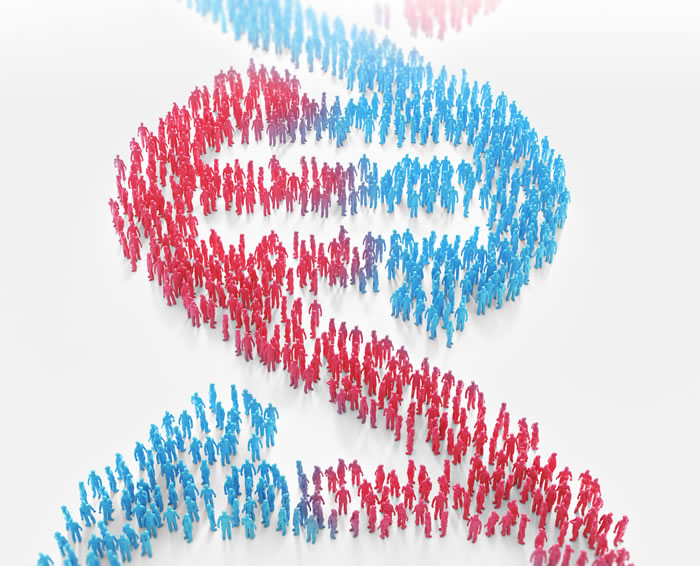We know that Artificial Intelligence (AI) is a hot topic right now, yet on the flip side there has been criticism around its hype, especially at HIMSS17 this year. However, we need to continue to invest into AI Research and Development so we can maximize the benefits, such as lower healthcare costs, improved provider efficiency, more accurate billing, and safer patient care. There are so many reasons why Artificial Intelligence is important in healthcare.
Will Robots Replace Us?
It’s unlikely that robots and computers will totally take the place of doctors and nurses, but AI can’t be ignored in its efforts to revolutionize the healthcare industry. Not only does it predict outcomes and improve diagnostics, it changes the way healthcare providers think about how they provide care, says Forbes. The future possibilities are endless: industry analysts say that 30 percent of providers will use cognitive analytics with patient data by 2018.
Access to big data is essential. Think about how we grew up with the Dewey Decimal system. A trip to the library could take hours as we pored through the stacks trying to find what we wanted. Today, our kids are astonished that we didn’t have Google at our fingertips to learn anything we wanted to know. With the advent of AI quickly taking over the horizon, our kids’ kids will be the ones shocked that all their parents had to learn information was a simple computer and search engine. Just like that, the future takes hold even when we can’t comprehend the next step.
The Reach of AI
There are many ways artificial intelligence is predicted to impact the field of healthcare. Personalized medicine is one major benefit. AI is part of a far-reaching, continually growing, adaptive connected digital infrastructure. However, access is limited because there is just so much information out there. With the help of AI, it will become easier than ever to process, analyze and bring up research, publications, studies and more than can put accurate, timely information into the hands of the user. Healthcare providers now have the ability to use this information as a tool to compare, compile and analyze patient files in order to come up with an accurate diagnosis.
In addition to quick access, precision is a critical piece of the puzzle as well. Because AI has the ability to tap into huge databases that contain information on anything from symptoms and analysis results to family history and similar diagnoses of other patients around the world. The evolution of pathology and possible treatments has suddenly been made precise. While AI can’t prevent all errors — at least not yet anyway — it can drastically reduce them. This in turn will reduce operating room mix-ups, mis-diagnoses, and more.
Artificial Intelligence is Important
That leads us to the next important component of artificial intelligence: prevention. With the focus being on preventive and predictive medicine, it’s possible with AI to avoid injury and disease altogether.
The value of virtual assistants has already been explored and used within other industries, such as SEM and retail. The goal there is to put more power in the hands of the consumer. Why not empower patients in the same way?
Understandably, advances in big data and AI pose ethical debates, especially within the healthcare sector (think personnel shortages, legal responsibilities, privacy issues, potential misuse of the system, etc.). However, there are so many more benefits that can revolutionize the way we practice medicine, treat patients, and indeed view our entire medical future. Artificial Intelligence is important to move healthcare forward.


